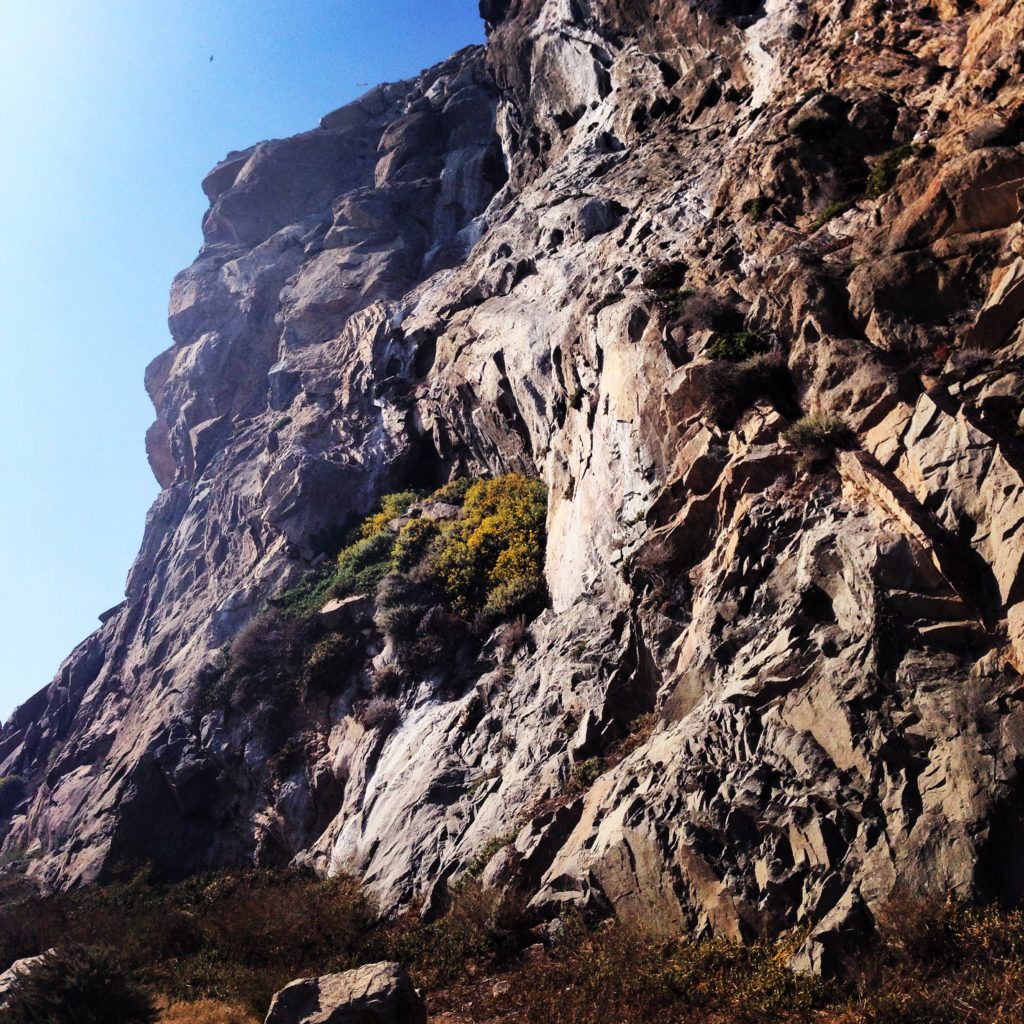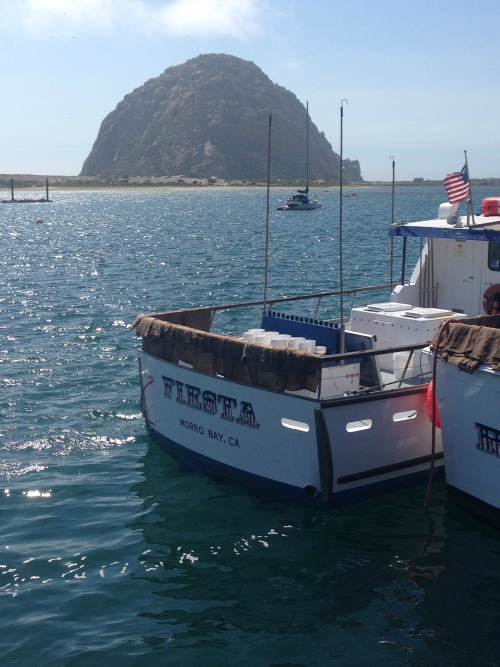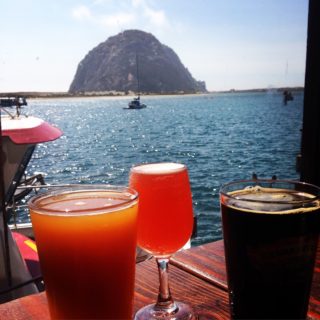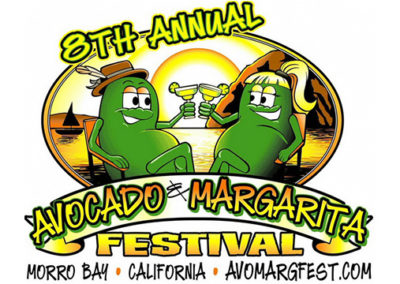Radio Copy: This week the Savory Road continues on with our road trip to Seattle. Out the west side of our car window, we saw
Morro rock sitting out there among the waves looking like a giant scoop of chocolate ice cream.
How did the giant monolith get to Morro Bay? Was it a meteor from outer space? Perhaps washed up from the ocean floor by a tidle wave? Are there really pirate skeletons lying along its base? (ok that’s pushing it)
I wanted to find out. From town, it’s an easy drive out to the island. There we found a huge and very-California-like dirt parking lot for visitors to the rock along with two adjacent beaches. To the rock’s north sits an active beach with large, aggressively pounding waves crashing on the sand – perfect for those who like water sports, and lots of hooting and hollering. To the southeast sat a quieter bay beach with gentle waves, a variety of sealife, and folks stolling around in Berkenstocks munching quinoa chips. We bee-lined to that side because – I’d left my wetsuit and skim board at home in the closet – where tey had been collecting dust since 1969. More importantly, the other beach had a colorful information board that explained how this “Gibralter of the Pacific” got here. As we got closer to the rock it took on a different look – a giant mishmash of jagged stones. The kid inside me wanted to start climbing and not stop until I reached the top and proclaim myself King of the Central Coast. Instead I pulled out my reading glasses and studied the information board. I took another gander up at the monolith that exceeded the height of a 55-story building and tried to imagine the “even bigger” volcano that used to sit around it. Here’s what happened – Lava hardened in its vent and stayed there. Over millions of years the volcano eventually eroded away and left the rock exposed. This “
volcano plug” was subject to millions more years of pounding surf, wind, and earthquakes all of which served to form the shape we know today. In 1542 Spanish explorer
Juan Cabrillo came crusing by and named the rock “El Morro” which means
Crowned Shaped Hill.
The Chumash people – who have quite a history with this rock and the general area – ascend it for their annual solstice ceremony, otherwise – it’s off limits to the public.

Morro Rock
So I didn’t get to climb the thing, but all that learning and strolling made me thirsty, so back into town we went, which leads us to the sour part of this story (It didn’t go sideways – Oh Contraire!)
My son-in-law the craft-brewer and alumni of nearby
SLO told me I could not stop by Morro Bay without visiting the
Libertine Pub. Why? Because they specialize in something non-conventional and risky – Sour Ale. So – based solely on HIS enthusiasm, I decided to give the stuff a try…
From the street the place looked more like a dive bar than a brewery (so far so good) – once inside I heard
Harry Nilsson crackling over the speakers and saw the vinyl spinning – even better. We scored a seat at the window with a great view of the marina and rock, so I was happy and ready to learn about Sours
They are also known as
Wild Ales – in honor of the wild yeast and bacteria used in their fermentation. Yeah, that’s right – that sour flavor is intentional. It came about when Belgian monks inadvertently invented it. In those days they didn’t have a choice but to expose their wort to whatever was flying around the room. Today this is called
open fermentation and incorporates the local terroir into the brew along with – or instead of – traditional brewer’s yeast. After some barrel-aging it’s ready to enjoy.
There are a variety of styles of sour ale – Gosa, Flanders Red, and Oud Bruins. I tried a glass of the Lambic. It certainly had the tart flavor I expected, but along with a very pleasant earthy undertone. Want to try it? Good news – more and more sour-ale breweries are popping up in southern California.







